Single Colony Identification
Cell Line Development – Single Cell Detection, Clonal Validation, Transfection
Cell line development process
The process of developing a cell line to produce a specific protein or antibody involves multiple stages, all of which can be greatly aided by Celigo imaging cytometer.
Robotic Integration for Cell Line Development
Whole well images: Single cell to single colony
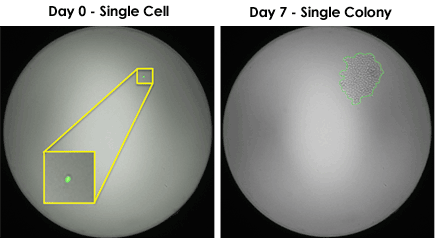
The Celigo provides an optional robotic API which can be controlled by various automation scheduling software applications. The Celigo is ready for integration with multiple automation partners and can be coupled with robotic arms, automated incubators and liquid handlers.
The Celigo can be used through the whole process of cell line development.
- Compatible with 96-, 384- and 1536-well plates.
- Identify wells with a single colony to avoid the time-consuming and manual identification of clones by eye.
- Measures colony size using bright field and aids the process of selecting wells for clonal expansion.
- Automate cell line generation process with Celigo robotic integration.
Cell Line Characterization
Bright field imaging

Bright field images can be viewed from the cell, well or plate level.
Determine growth characteristics of cells directly from the same well over time.
Acquire, review and document captured hi-res bright field images
Generate growth curves
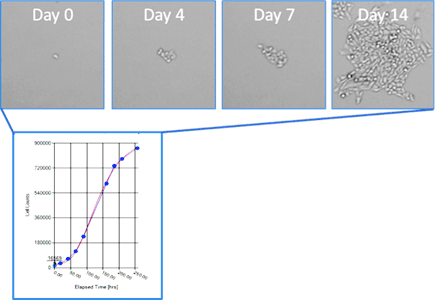
Report growth curves, cell counts, confluence, doubling time and doubling rate for each well.
384-well plate
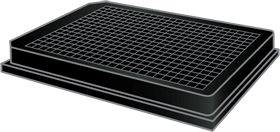
Media optimization experiment using a single 384-well plate
- Providing additional nutrients to media can help increase proliferation rates.
- Evaluated media supplements using an 8-parameter design of experiment (DoE) methodology, where 3 reagents were mixed in multiple combinations.
- On day 0, 10 CHO-S per well were plated with supplement combinations using a 384-well plate, which allowed 35 replicates per condition.
- Three supplement reagents were tested on one 384-well plate for n=35 per condition
Monitoring Monoclonality and Outgrowth
Adherent Cells
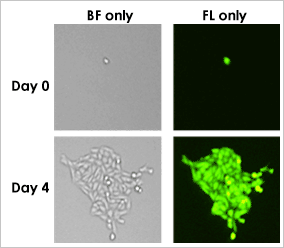
Suspension Cells
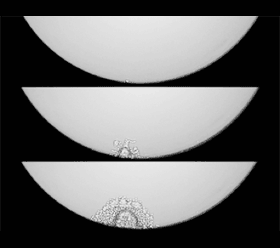
Dual-channel bright field and fluorescent imaging of a single cell in a 96-well plate allows identification of candidate wells for clone development.
Single Cell Fluorescent Counts
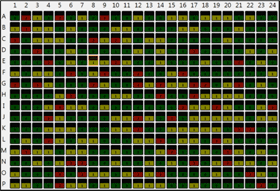
Identify wells with a single cell on the first day
Single Colony Bright Field Counts
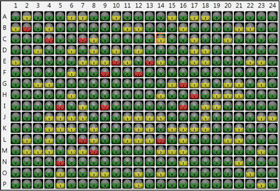
Identify wells with a single colony on the final day
Heat Map: Single Cell & Single Colony
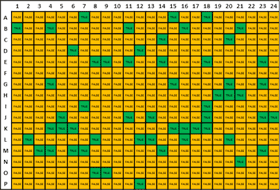
Overlay single cell plate map with single colony plate map to produce the heat map of a single cell and single colony.
